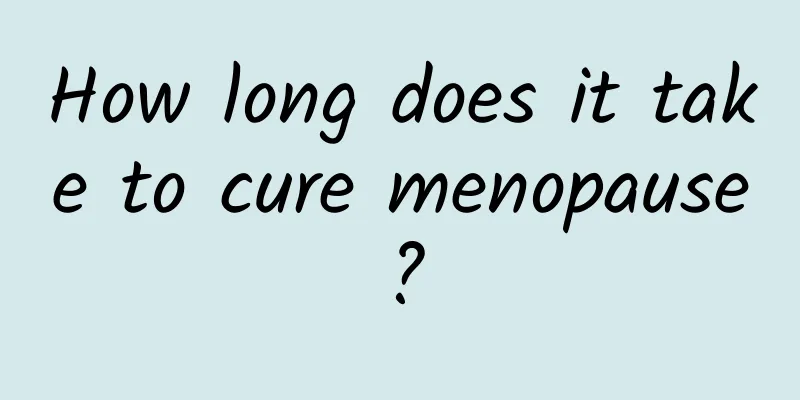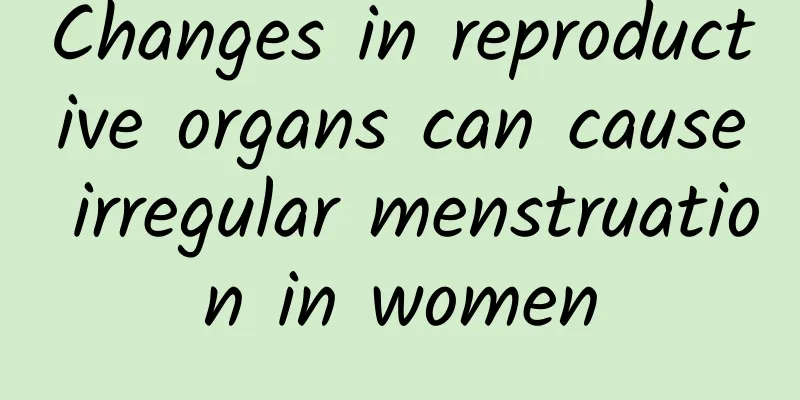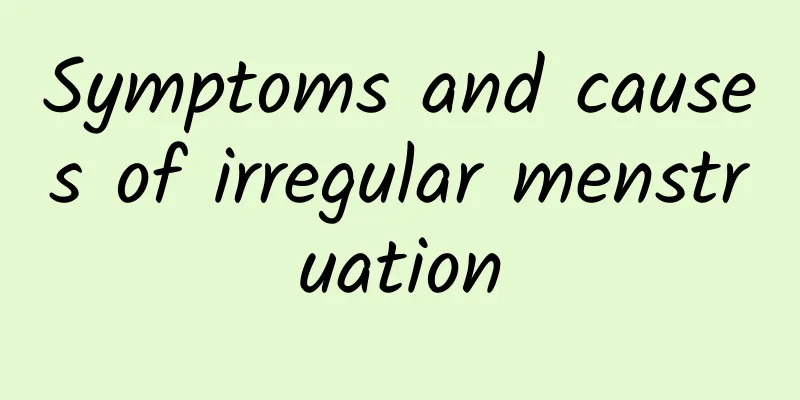How long does it take to cure menopause?

|
Every woman will experience the physiological phenomenon of menopause, so it is important to understand the issue of menopause in advance. Menopause refers to the decline of ovarian function and the cessation of menstruation. The treatment of menopause is also an issue that many women are concerned about. There are three treatment methods for menopause. In principle, the goal should be to maintain the health of the body. How long does it take to cure menopause? Physiological supplements: The purpose is to make the organs of postmenopausal women function physiologically as much as possible to maintain their health, not to restore their endocrine status to the level of the ovarian cycle during the reproductive period, which is physiological supplementation. Physiological supplementation mostly advocates the use of natural estrogen, that is, the chemical structure of estrone, estradiol and estriol. During the menopausal transition, hormone replacement therapy (HRT) should focus on progesterone supplementation: During the menopausal transition period, the growth and development disorders of follicles gradually increase, and finally the functional follicles disappear from the ovaries. The corresponding changes in estrogen and progesterone during this period are: first, there is a relative lack of progesterone, then lack; estrogen deficiency changes periodically, although there may be a transient relative excess, the total amount gradually decreases, and finally to lack, forming a relatively excessive or single unopposed estrogen stimulation for a long time. Some women may have different degrees of proliferative changes in the endometrium, and even malignant changes. Therefore, this period should be based on periodic supplementation of progesterone to adjust the menstrual cycle and prevent endometrial proliferative lesions. As estrogen gradually becomes deficient, estrogen can be supplemented at the same time. Postmenopausal HRT should focus on estrogen supplementation: The activity of ovarian follicles basically stops in the early postmenopause period. The blood estradiol concentration drops from about 150-1500pmol/L in the reproductive period to below 80pmol/L within 1-2 years, which is lower than the basic level for maintaining the physiological functions of the body's organs. Endometrial atrophy is completed within 2-3 years after menopause, and the rate of bone loss is fastest within 1-3 years after menopause. Corresponding degenerative changes occur in various organs throughout the body. Therefore, to prevent postmenopausal degenerative lesions, timely and long-term estrogen supplementation should be used. To counteract the side effects of estrogen on endometrial hyperplasia, those with a uterus need to add progesterone. |
<<: Why is menopause difficult to cure?
>>: Why menopause is hard to cure
Recommend
It’s too cold in autumn and winter and you don’t want to move? 5 tips from a supermodel coach
We want exercise to become a natural part of our ...
What are the common symptoms of vulvar leukoplakia?
The symptoms of vulvar leukoplakia are what many ...
What are the signs before women's menopause? You need to know these 6 signs
What are the signs before women enter menopause? ...
A brief analysis of the early symptoms of ovarian cysts
Many women will develop ovarian cysts. For patien...
What should patients with dysmenorrhea pay attention to?
What are the precautions for dysmenorrhea? During...
Several more specific symptoms of severe cervical erosion
Severe cervical erosion is a serious gynecologica...
Drink green tea to lose weight and drink cucumber juice for cramps? 10 common beverages with unexpected benefits
You should drink water to quench your thirst and ...
Prevent sarcopenia in old age! 2 strategies to maintain muscle mass and extend mobility
Many elderly people often feel that they have poo...
Can pelvic inflammatory disease be cured without treatment? It may worsen
Symptoms of pelvic inflammatory disease should be...
Is ovulation bleeding a sign of pregnancy?
Ovulation bleeding is a normal physiological phen...
How thick does the uterine wall need to be to have menstruation? What should I do if the uterine wall is too thick and the menstruation is too heavy?
Generally, menstruation will occur when the uteri...
What causes cervical erosion?
Do you know how cervical erosion is caused? Cervi...
The symptoms of vulvar leukoplakia include the following:
Many people must know or understand the disease o...
Basic drug therapy for menopause
We all know that menopause will accelerate the ag...
Things to note when treating vaginitis
Vaginitis is a common disease, and patients with ...









